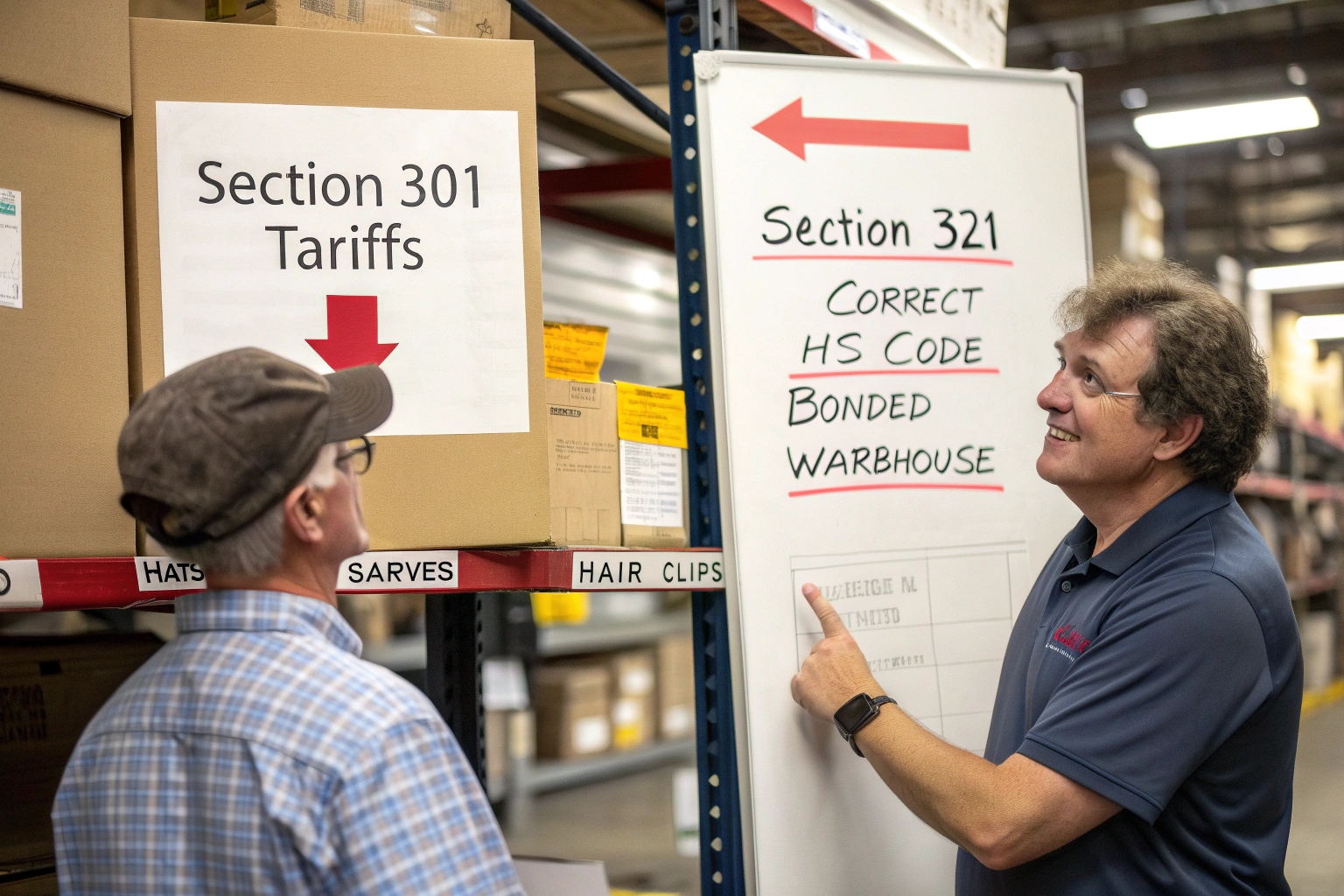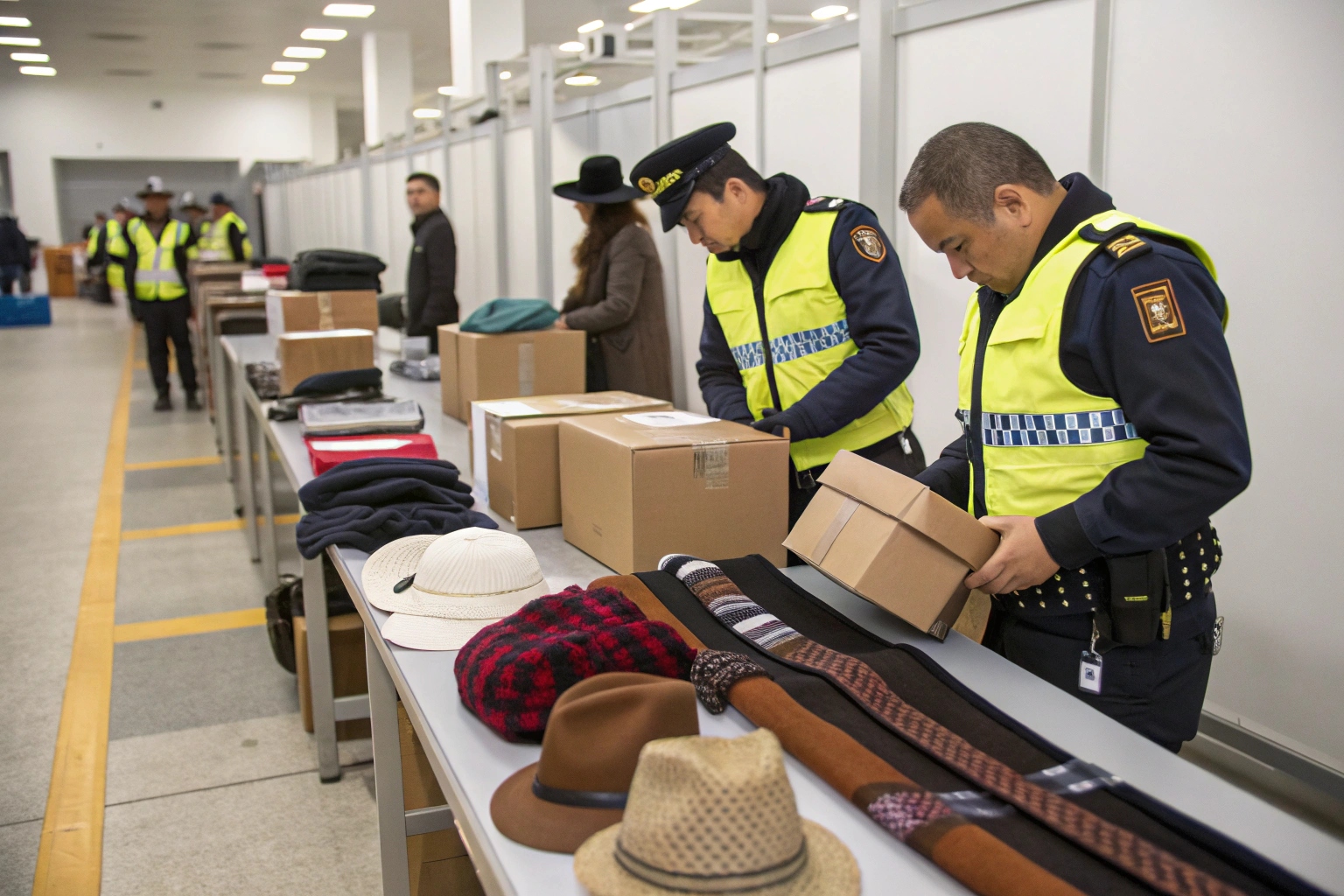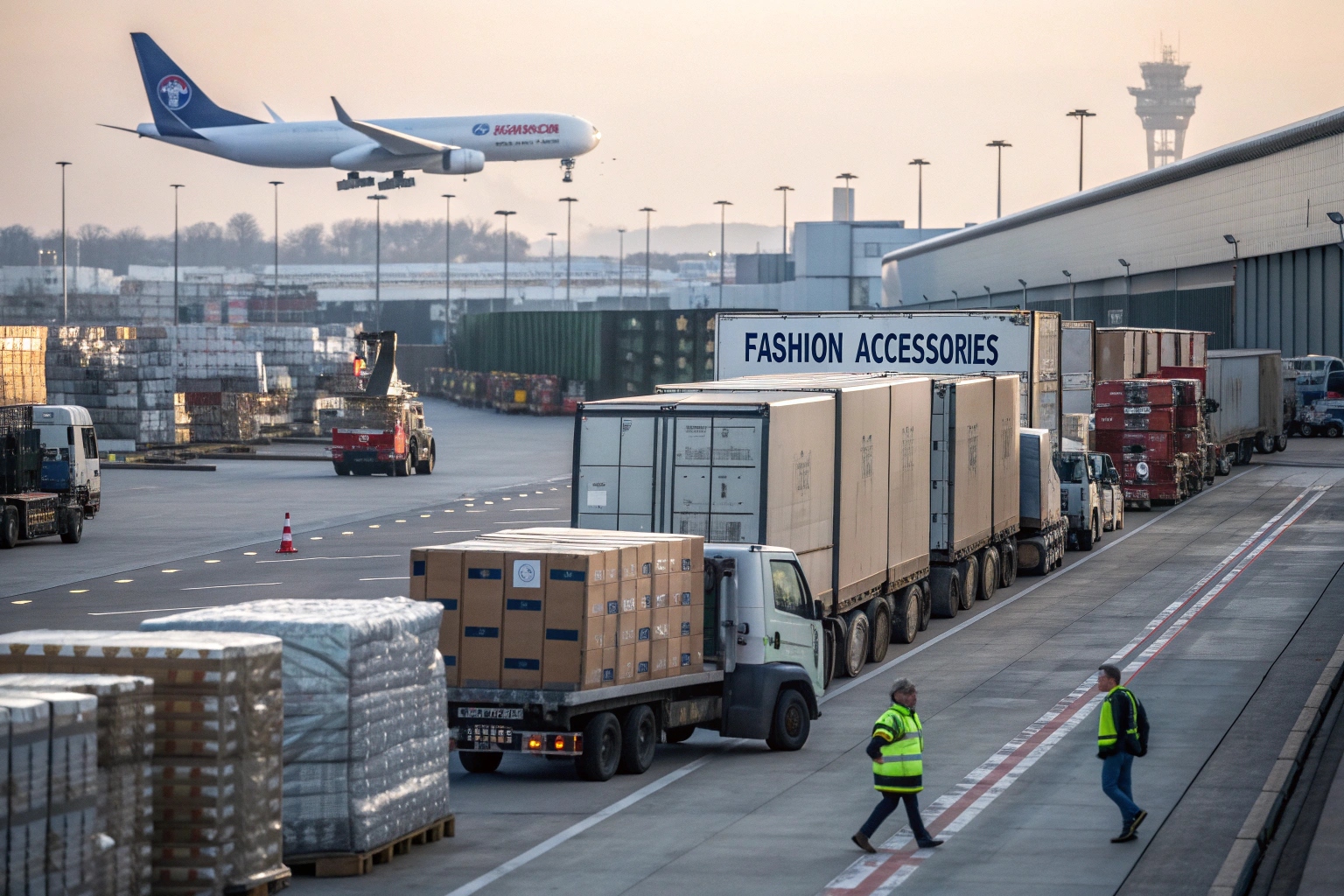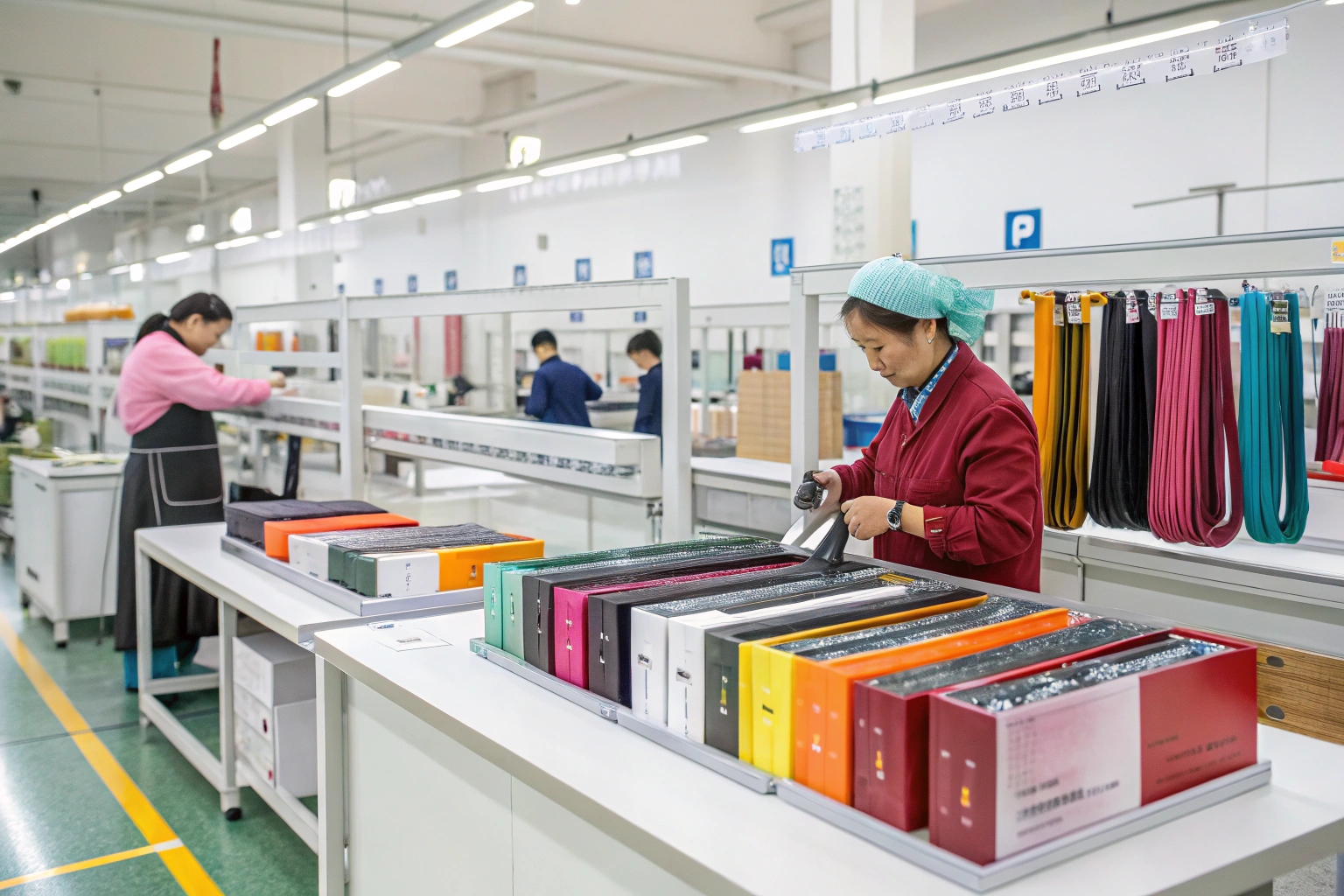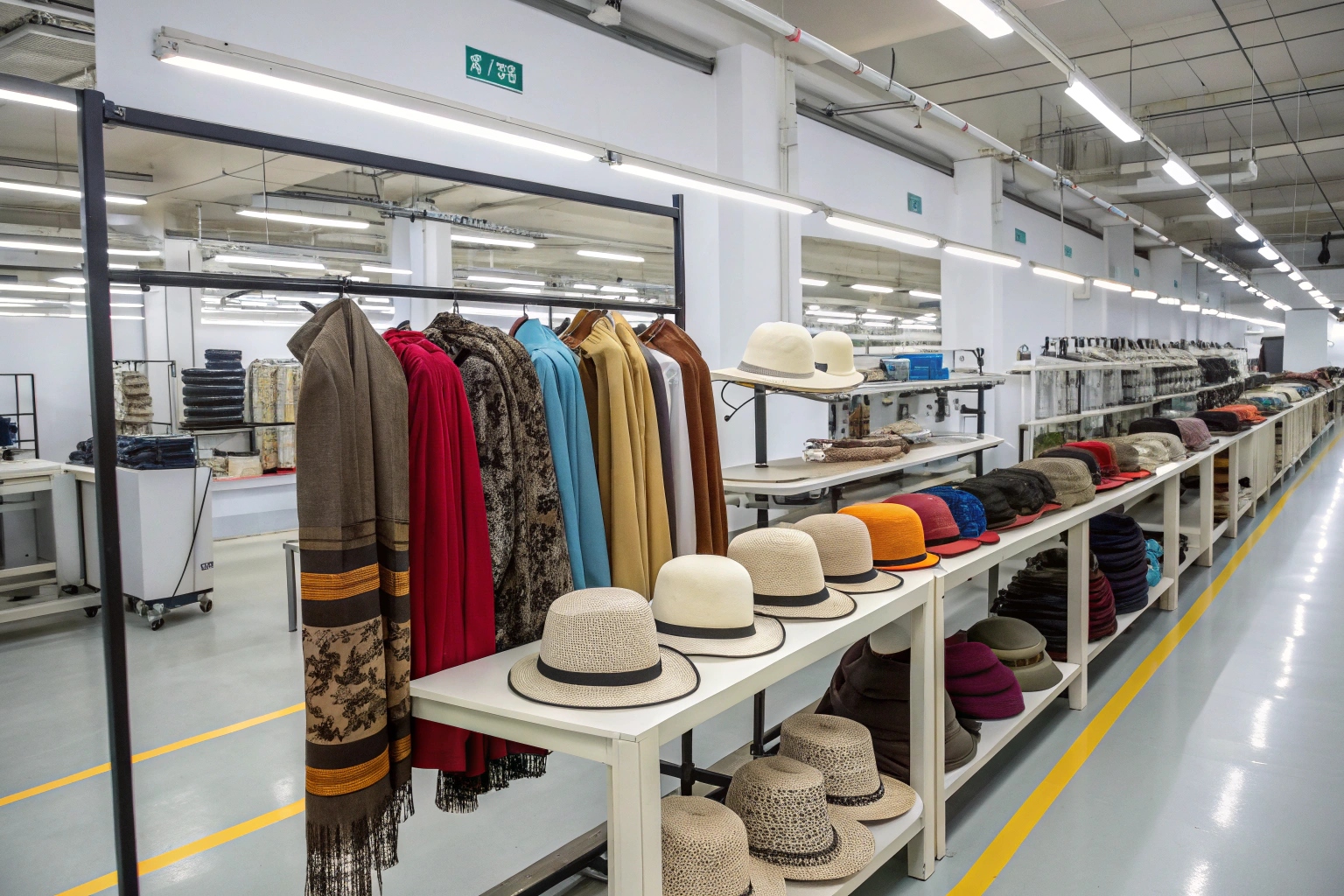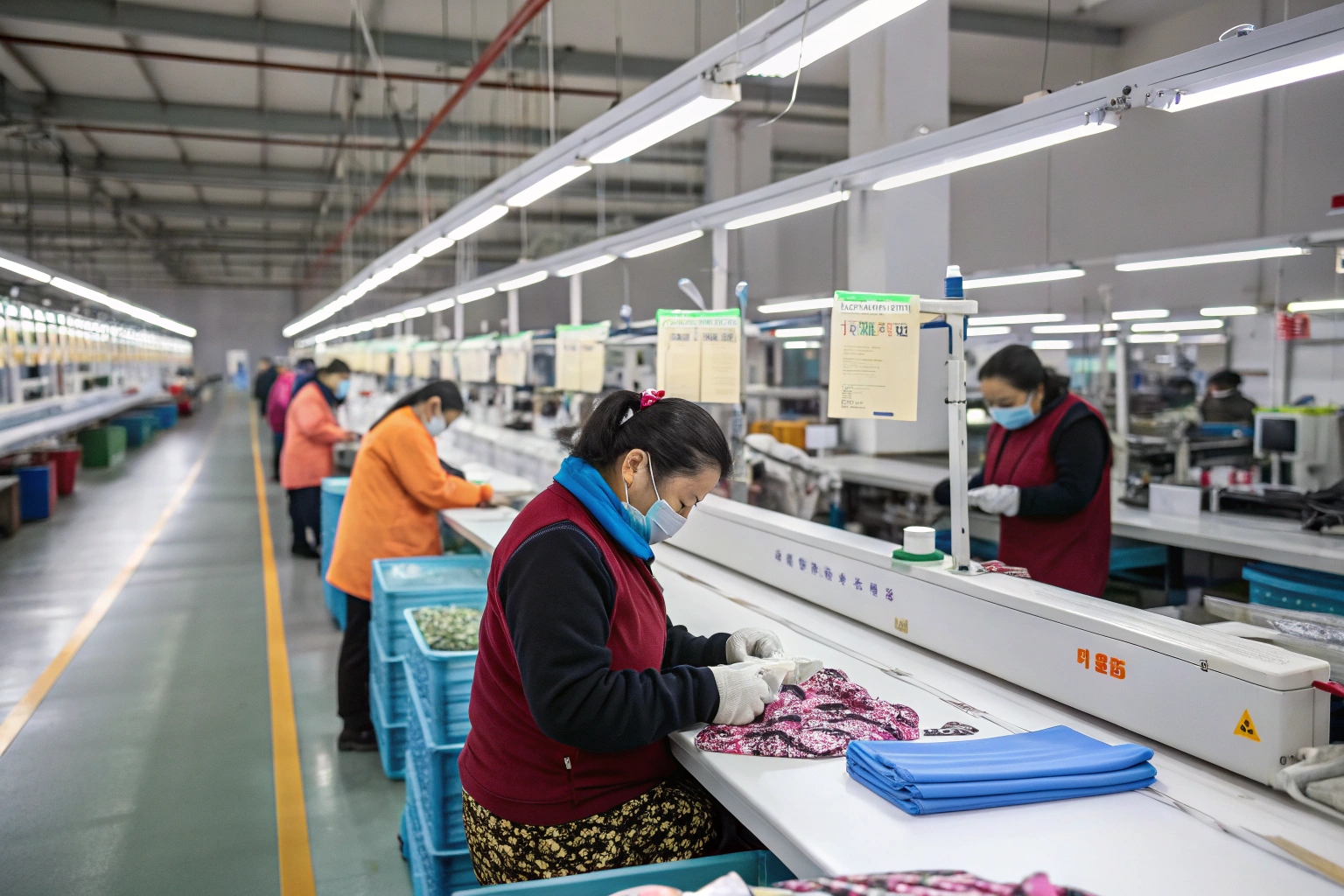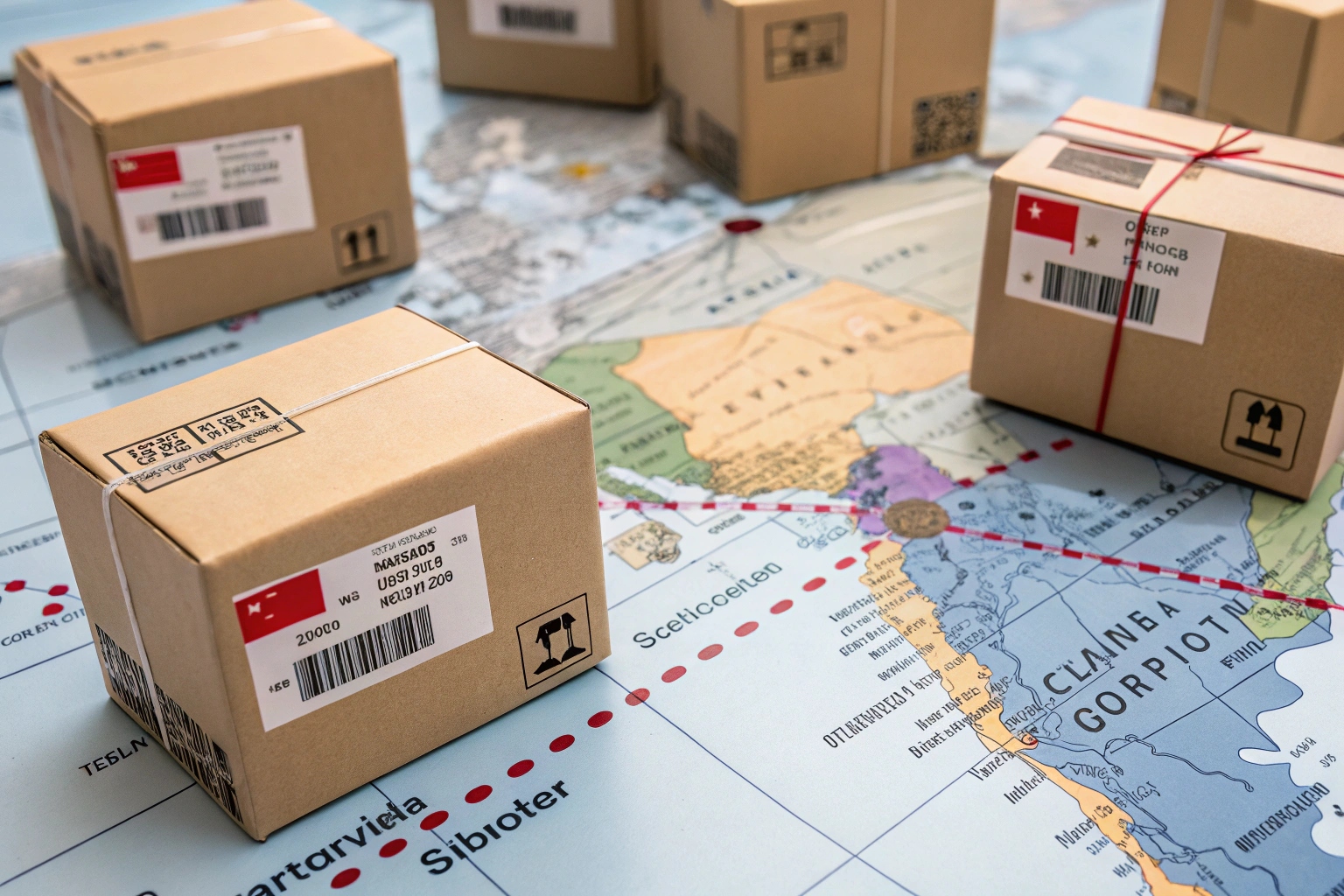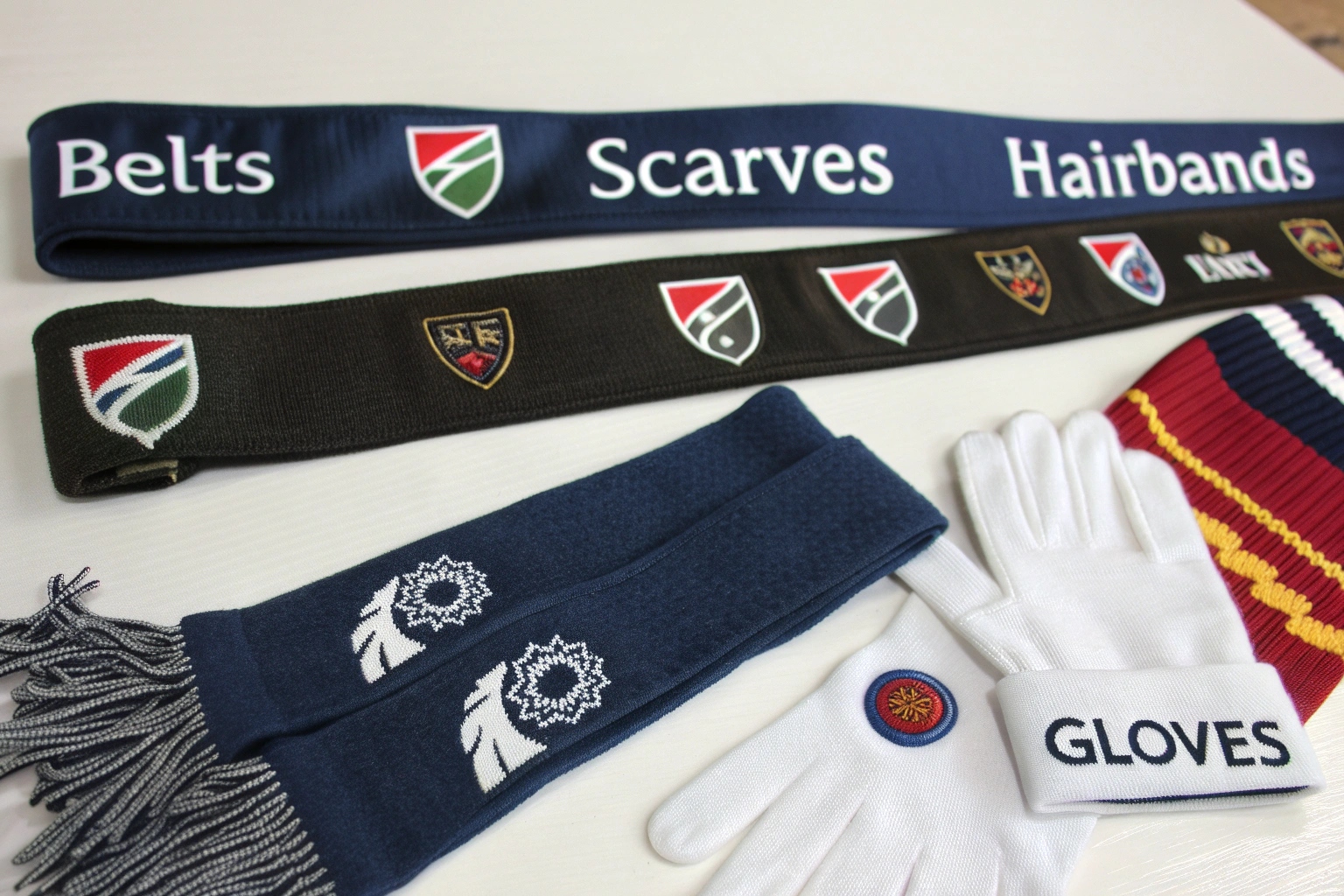You’ve found the perfect supplier in China for fashion accessories—but the moment you calculate the landed cost, the tariff fees kill your margin.
There are several legal strategies U.S. importers can use to reduce or avoid tariffs on accessories from China, such as using duty-free programs, correct HS codes, country-of-origin shifts, and bonded warehouses.
At AceAccessory, we help U.S. brands and wholesalers navigate Section 301 tariffs and optimize their imports. In this guide, I’ll explain the smart ways to reduce duty exposure while staying compliant.
How to avoid China tariffs in the US?
Tariffs are real—but they don’t always have to apply.
U.S. importers can avoid China tariffs by qualifying products for exclusions, routing through alternate origins, using trade programs, and ensuring proper classification.
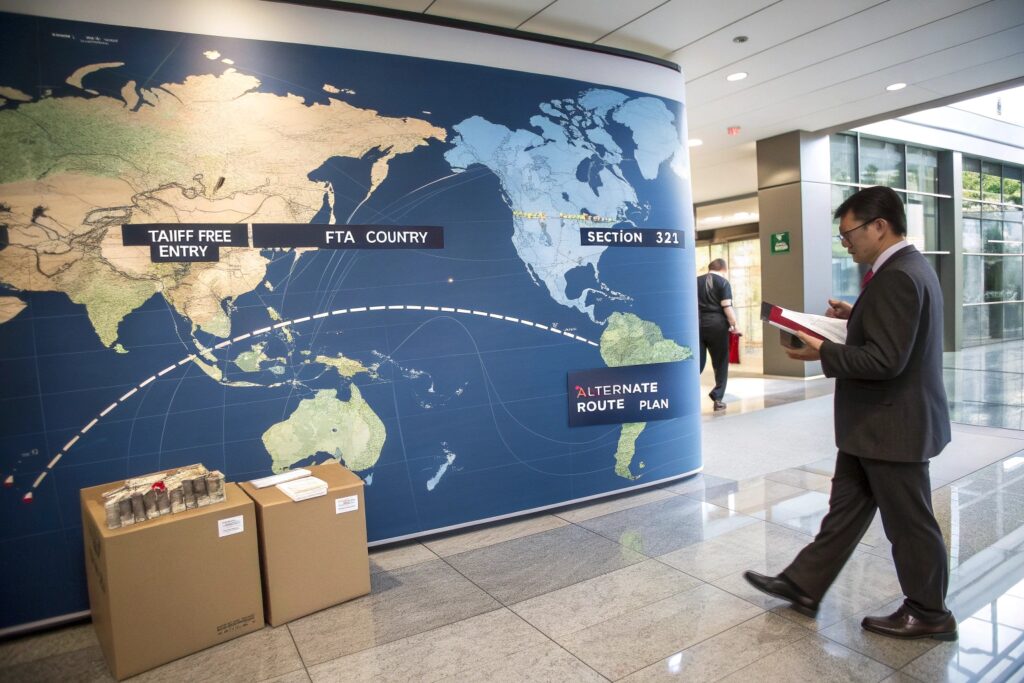
What are your options as a buyer?
Here are some proven tactics:
| Method | Description |
|---|---|
| Tariff Exclusion Requests | Check if product is exempt under Section 301 exclusions |
| Use of FTA Countries | Reroute processing to Vietnam, Cambodia, etc. |
| Correct HS Classification | Misclassified goods may face higher-than-required tariffs |
| Use FTZ or Bonded Warehouse | Delay or reduce duty payment until entry |
| De Minimis Entry | Under $800 value = no duty (B2C eCommerce only) |
At AceAccessory, we help clients apply correct HS codes (e.g., differentiating between "hair clip" and "jewelry part") and prepare product declarations to match exclusion language.
How can I avoid import fees from China?
Besides tariffs, there are also freight, broker, and handling charges that can stack up.
To avoid or reduce import fees from China, consolidate shipments, use DDP terms, and choose ports with lower congestion and surcharges.
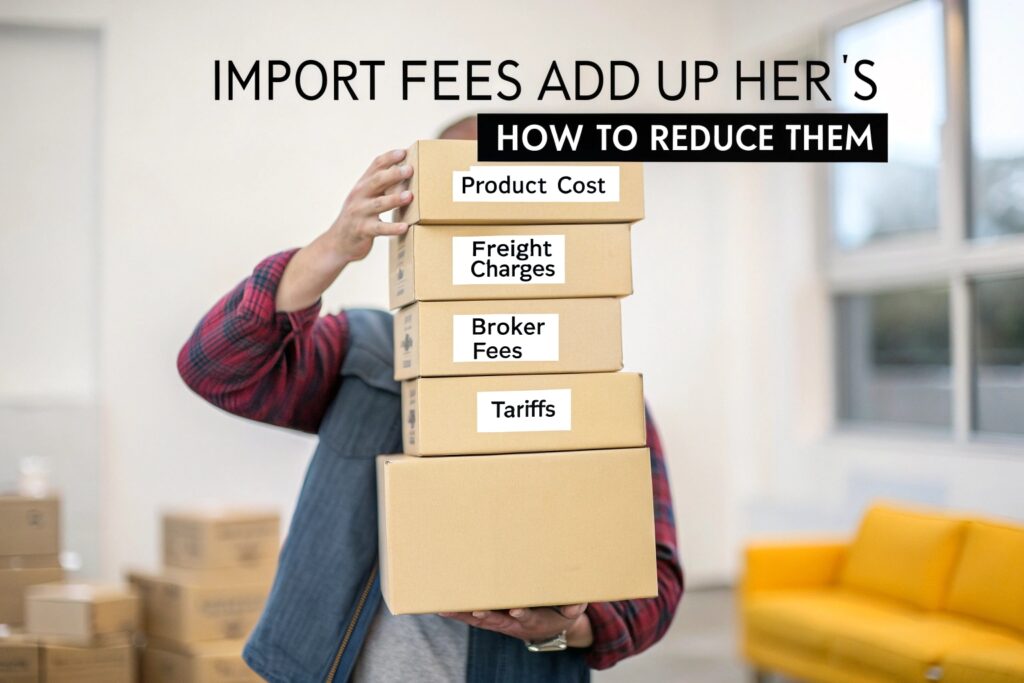
What fees can you influence?
| Fee Type | Avoidance Strategy |
|---|---|
| Customs Broker Fees | Work with simplified platforms (e.g., Flexport, Easyship) |
| Port Congestion Fees | Ship via East Coast or mid-size ports (e.g., Savannah) |
| Delivery Order Fees | Use DDP and pre-book truckers |
| Import Processing Fees | U.S. fee is fixed, can’t be avoided |
At AceAccessory, we offer DDP shipping, where we include freight, customs, and handling fees in one price. This keeps costs predictable and avoids “surprise” terminal fees.
Do I have to pay import tax from China to the US?
You might have heard the phrase "Section 301 tariffs"—here’s what that actually means for your import bill.
Yes, most goods imported from China to the U.S. are subject to tariffs, including Section 301 duties, unless the product qualifies for exemption or is below the de minimis threshold.
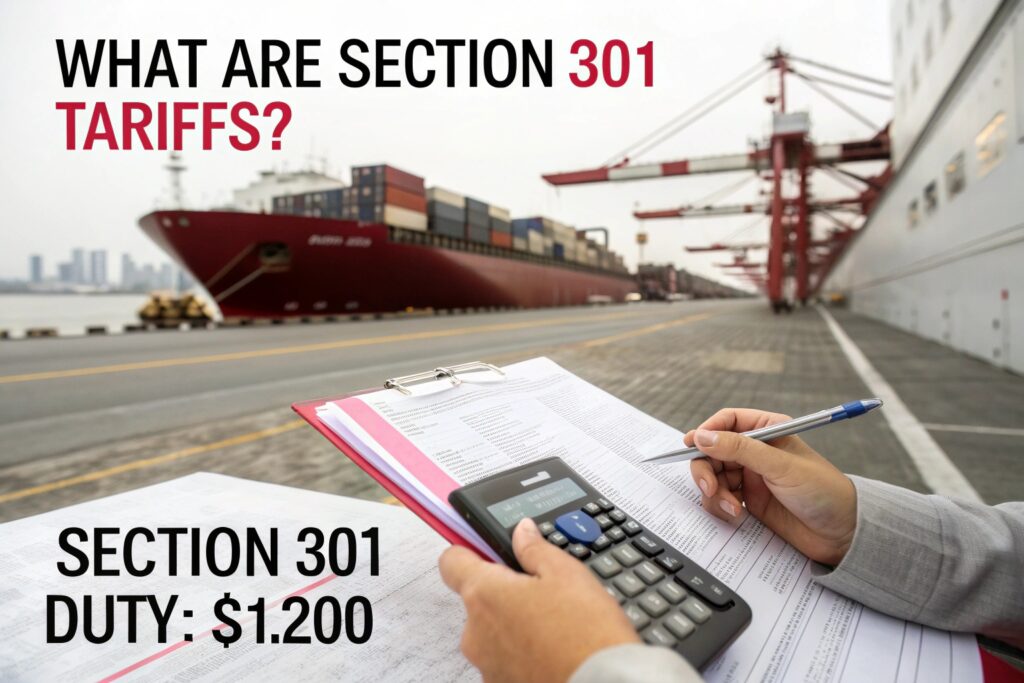
What determines whether you pay or not?
| Factor | Tax Liability |
|---|---|
| Product HS Code | Different codes = different duty rates |
| Product Value | Under $800 (de minimis) = duty-free |
| End Use | Promotional samples may qualify for 9811.00.60 |
| Country of Origin | "Made in China" goods generally taxed |
The Section 301 tariffs range from 7.5% to 25%, especially on:
- Fashion accessories (clips, belts, hats)
- Textiles and leather goods
- Plastic-based items
We help clients identify non-dutiable components, use split classification for sets, and plan HS code strategy from the design stage.
Do you have to pay tariffs if you buy directly from China?
Amazon sellers and small businesses often wonder if buying from China directly helps them bypass duties.
Yes, you still have to pay U.S. tariffs when buying directly from China, unless the shipment qualifies under de minimis or you use a compliant fulfillment method.
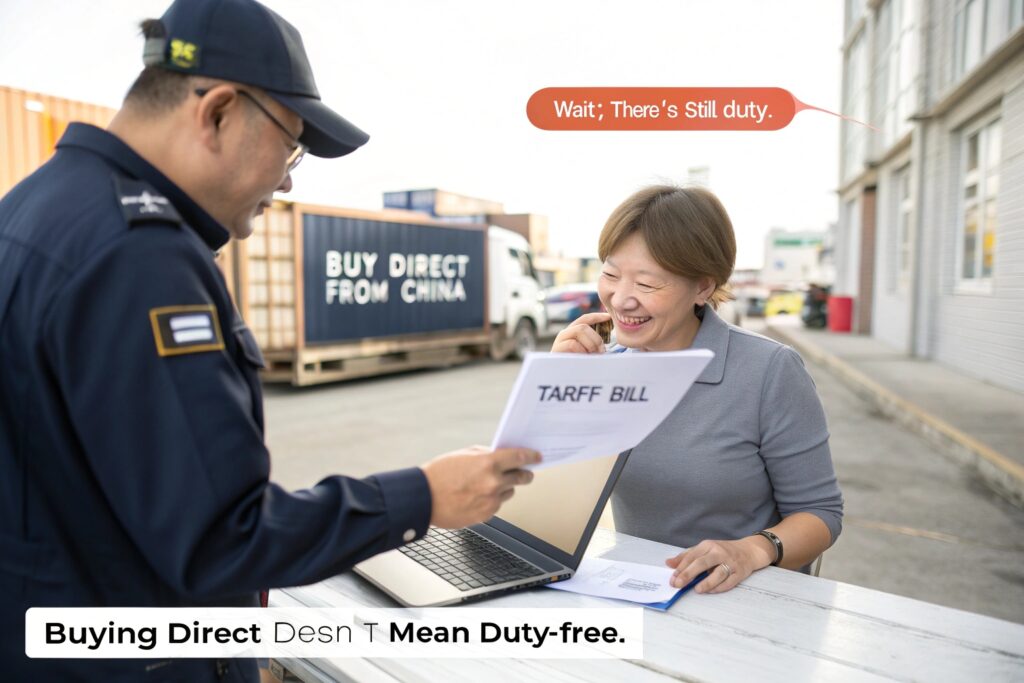
Direct-from-China doesn’t mean tax-free
| Channel | Tariff Applied? | Notes |
|---|---|---|
| B2C under $800 | ❌ No | De minimis threshold; shipped as gift |
| B2B via air or sea | ✅ Yes | Standard entry with duties |
| Amazon FBA | ✅ Yes | Must be pre-cleared with all duties paid |
| Dropshipping | ✅ Often | Depends on carrier and packaging values |
At AceAccessory, we help Amazon sellers by consolidating small DDP shipments under $800, using multiple SKUs per box to stay below the threshold when possible.
For bulk shipments, we ensure every order is backed by compliant invoices and proof of classification—so you never face unexpected bills.
Conclusion
Tariffs on fashion accessories from China are a reality—but they can be reduced, delayed, or avoided legally. Use tools like proper HS codes, DDP terms, exclusions, and strategic routing. At AceAccessory, we don’t just ship accessories—we help U.S. importers protect their profit margins every step of the way.

